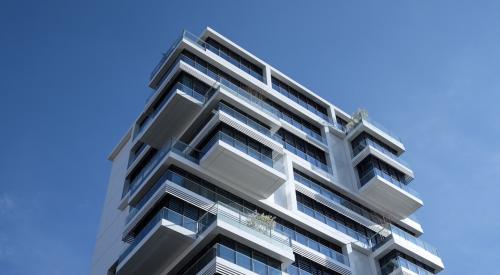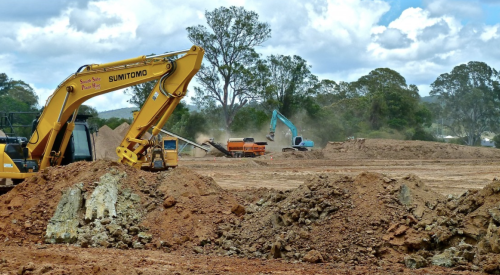|
|
|
|
|
Infill sites help Hedgewood avoid head-to-head product comparisons with other builders and protect margins through lot premiums.
In a policy statement dripping with symbolism, Pam Sessions drives a Volkswagen Beetle. We think it's a pretty smart choice.
The symbolic gesture by the very visible leader of Hedgewood Properties, Atlanta's foremost builder of high-design, move-up homes, shows that she and her less visible partner - and husband - Don Donnelly have accepted the mantle of housing industry leadership in smart growth and green building, two ideas that could reshape America's growth-challenged cities in the next decade.
When the editors of this magazine look for candidates for the most prestigious award in the American housing industry - PB's Builder of the Year - we search for a company with ideas that builders across the country can use to grow their businesses profitably. We look for a business model that fits the conditions emerging in today's markets, one that will play in Pueblo as well as Peoria.
We found such a model in Hedgewood Properties, our 2003 Builder of the Year. With political opposition to home building mounting in most local markets, we think Hedgewood has the right idea - building architecturally stunning homes in beautiful communities located so close to employment, schools, shopping and nightlife that they make a case as a solution to rush-hour traffic.
Should every home builder suddenly become a tree-hugging environmentalist and disdain far-flung projects in favor of infill development? No. The Hedgewood model won't work for everyone. But it's not limited in any way by geography, and you don't have to be listed on the New York Stock Exchange to make it work. Examine what Hedgewood does and, as you turn each page of this report, ask yourself if there is more profit on the solution side of environmental and growth-related issues than there is in fighting against the tide of public opinion.
Profit Potential
Sessions and Donnelly are not philanthropists. Their business decisions address a major competitive challenge: how to beat the publicly held Giants, with their fat checkbooks and cash for land.
Coupled with an established position of design leadership, Hedgewood's strategy is to search for opportunities to build in high-demand locations near urban and suburban centers. Many of these niche locations are too small for large production builders, who can't get the sales velocity and production volume they seek. The high cost of niche locations requires creative land planning and pricing above the mainstream market. Hedgewood achieves fast sales and high margins at prices well above the market median because exceptional demand is intrinsic in its locations and its design solutions fit the sites beautifully.
"We didn't develop this strategy because it was profitable and marketable," Sessions says. "We decided to go this way because it's the right thing to do. But there's always a marketable position in taking the high road. We love to build houses that really look good, and people love to live in them. Green building grew out of our desire to build high-performance homes. The longer we are in business, the more responsibility we feel, because the houses we build are all still out there. We want our homes and neighborhoods to perform as well as they look and stand the test of time."
In 1996 Hedgewood closed on 206 houses for $48 million in revenue. Trying to match the power of production builders in an Atlanta market averaging 30,000 single-family housing starts a year, Hedgewood peaked at 271 units in 1998 for $66.6 million. That's about the time the firm's new niche locations began to kick into gear, avoiding direct competition with production Giants.
In 2001 Hedgewood closed 219 homes for $85 million. This year the company projects 164 closings for $64 million. The declining revenue is part of a strategy to back away from volume. It also involves a complete reorganization of the company, from highly centralized decision-making and control to decentralized operations that turn the builder and sales agent in each neighborhood into an empowered management team with profit-and-loss responsibility.
Turn the page, and we'll take you through all the major elements of the Hedgewood model.












